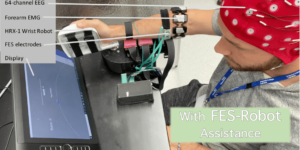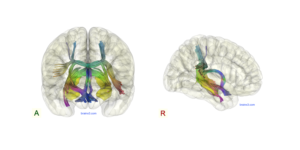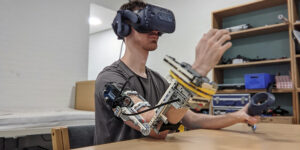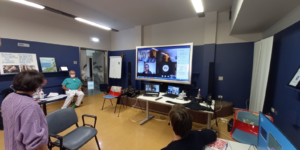Rehyb@ÖSSUR: Intellectual property (IP) considerations
10.11.2021. In a highly innovative project like ReHyb, it is important to manage novel outcomes and secure potential intellectual property (IP). To this end ReHyb has set up an IP Management Plan to systematically assess the knowledge created within the project. This work has already resulted in several outcomes being assessed, some of which have moved to a preparatory phase for patent applications.









